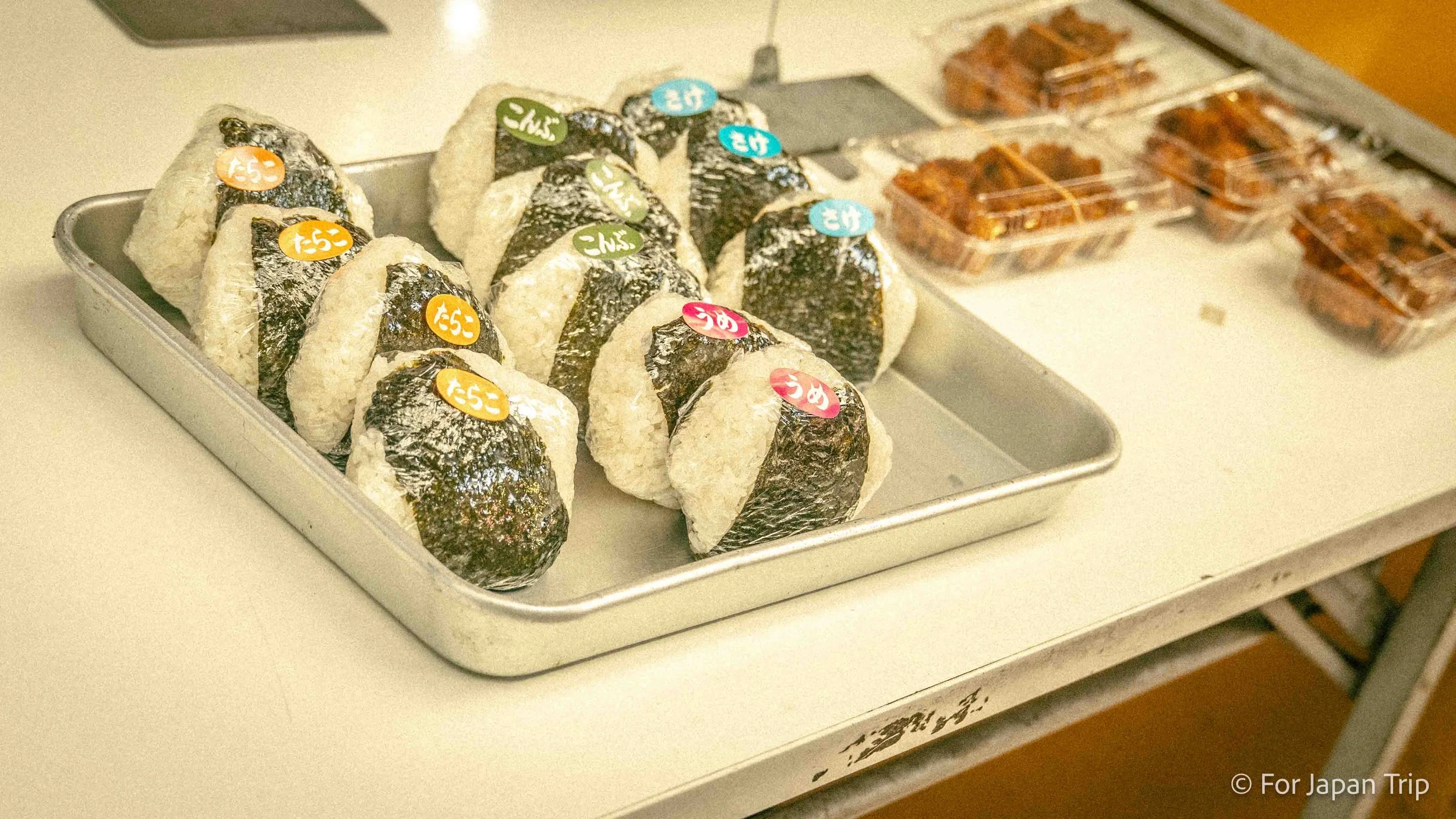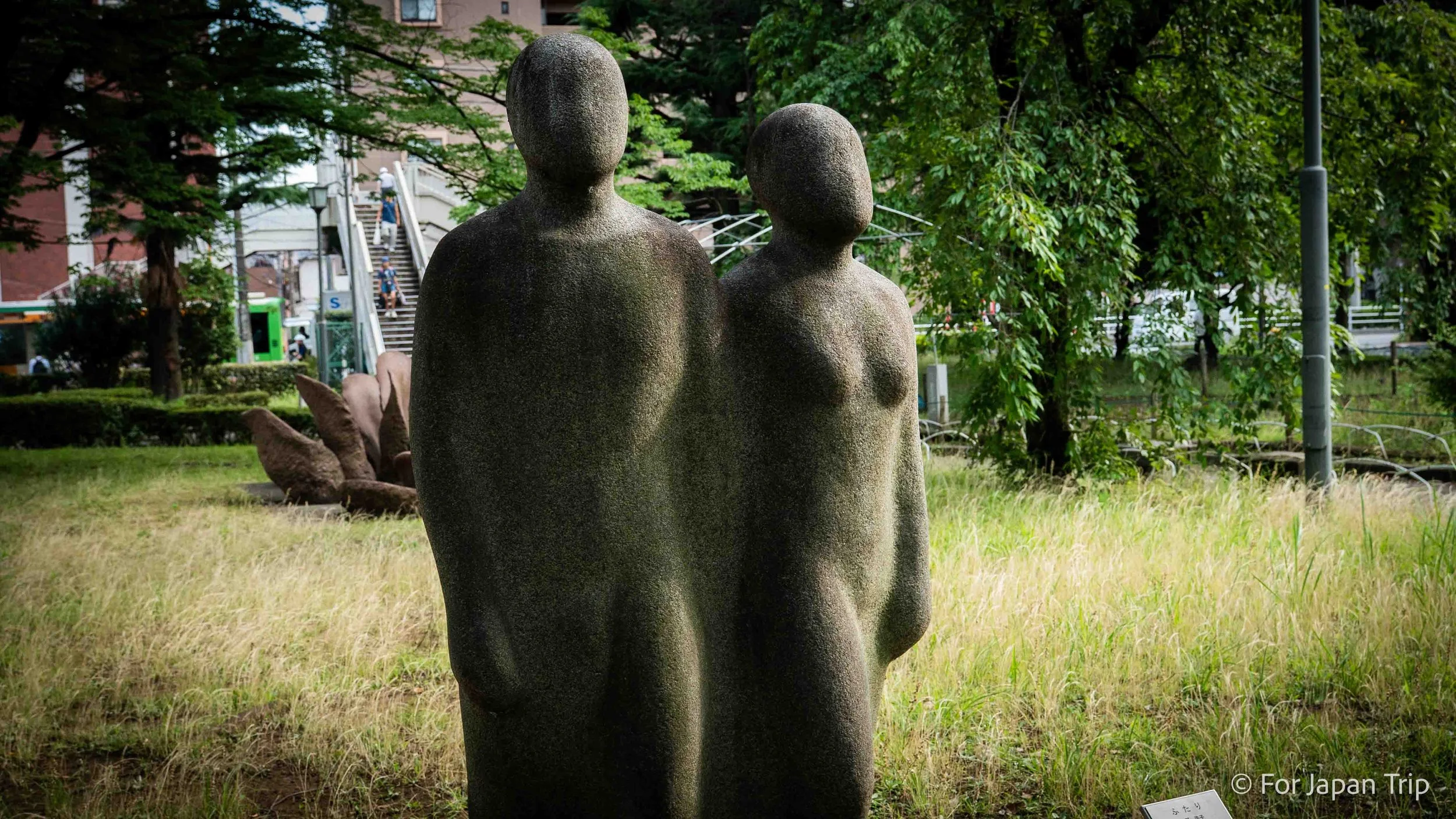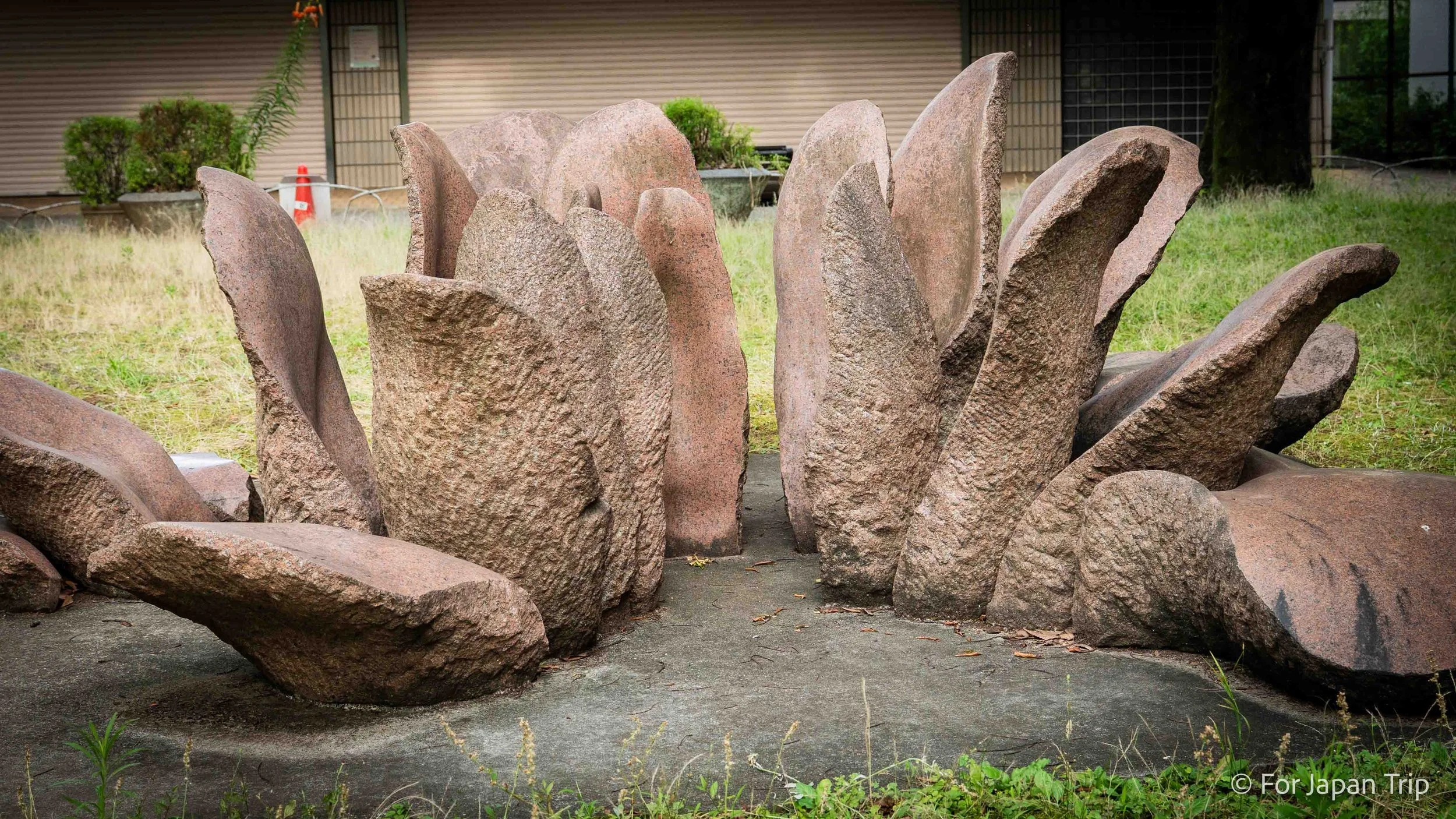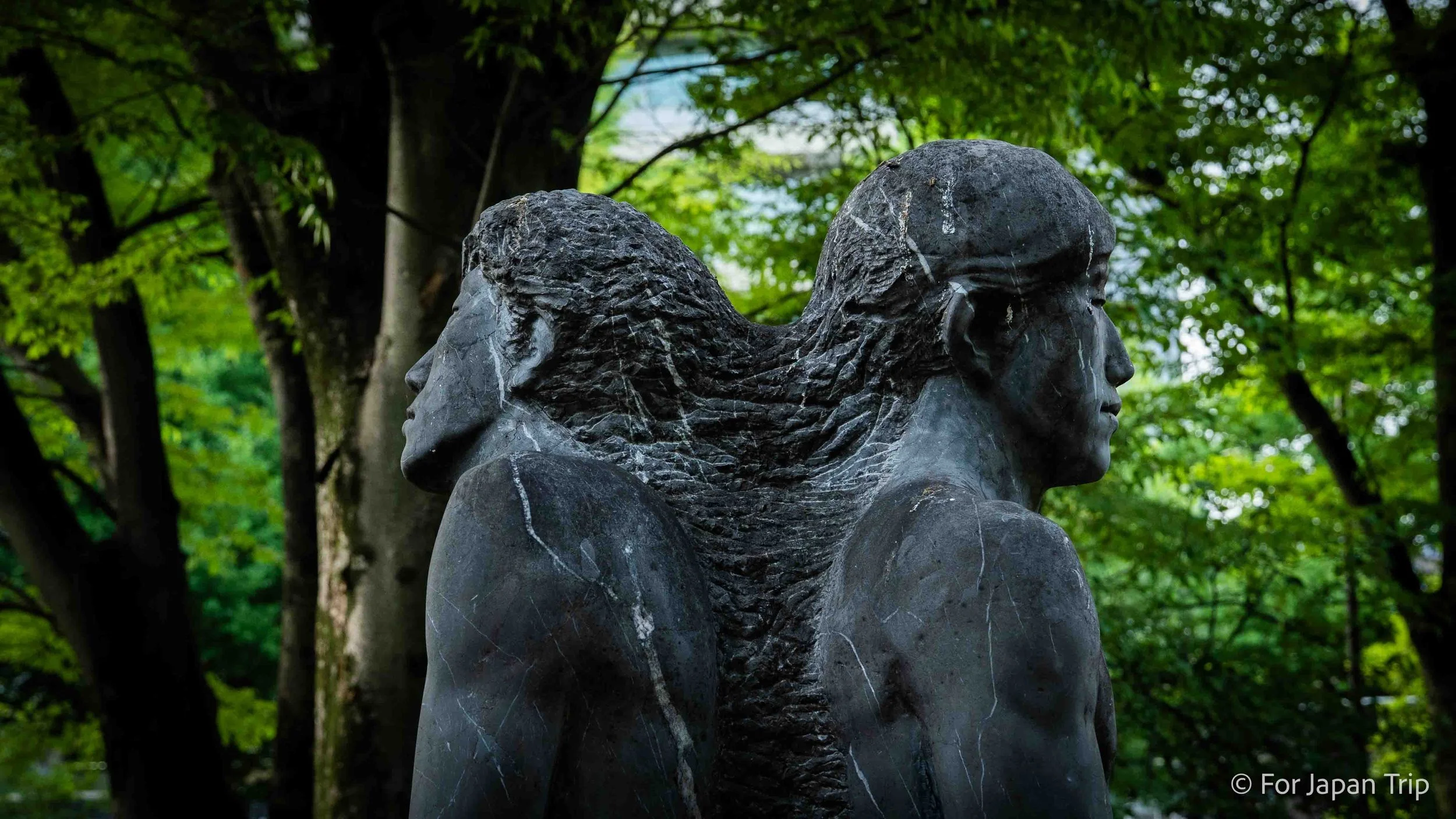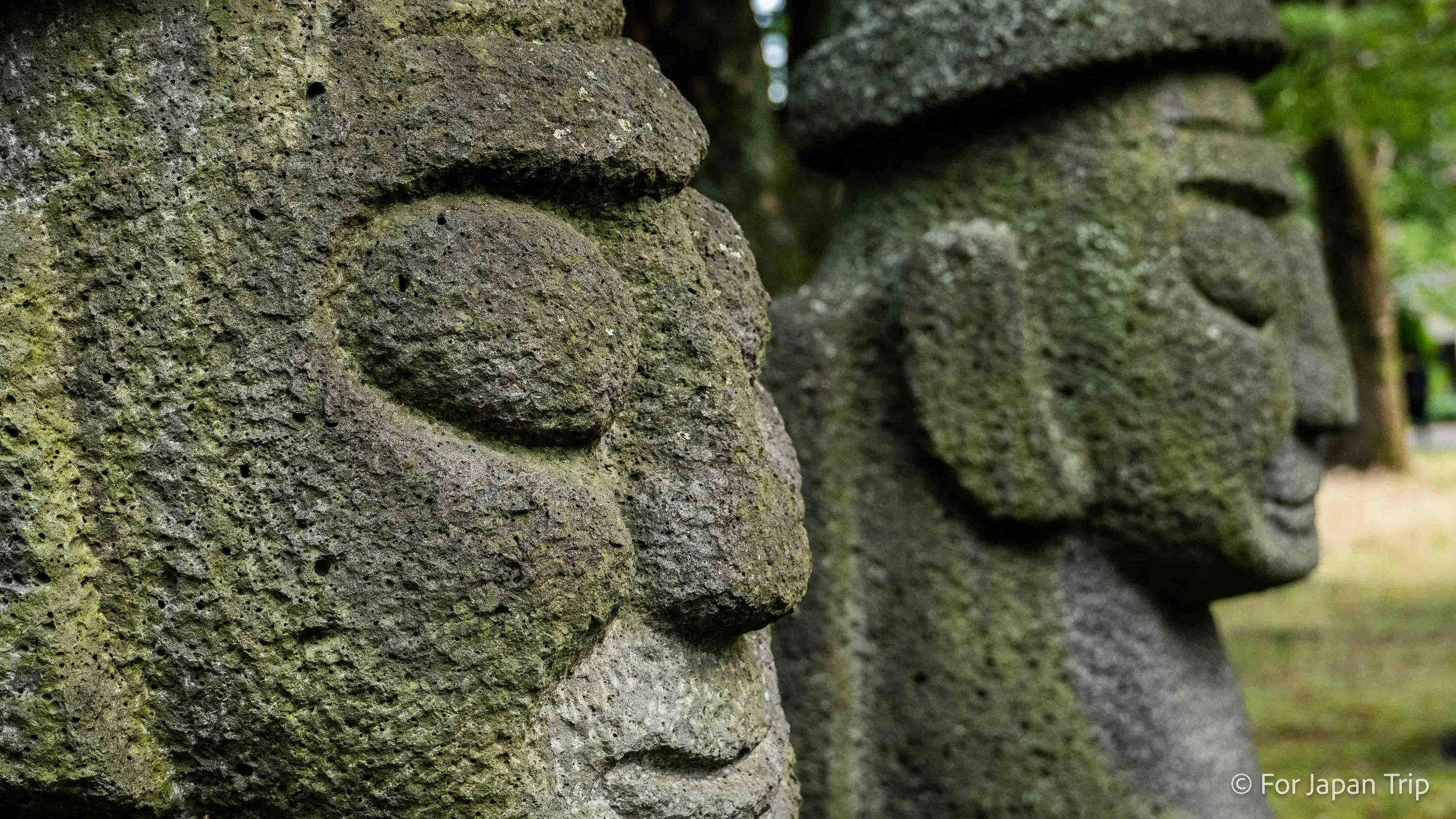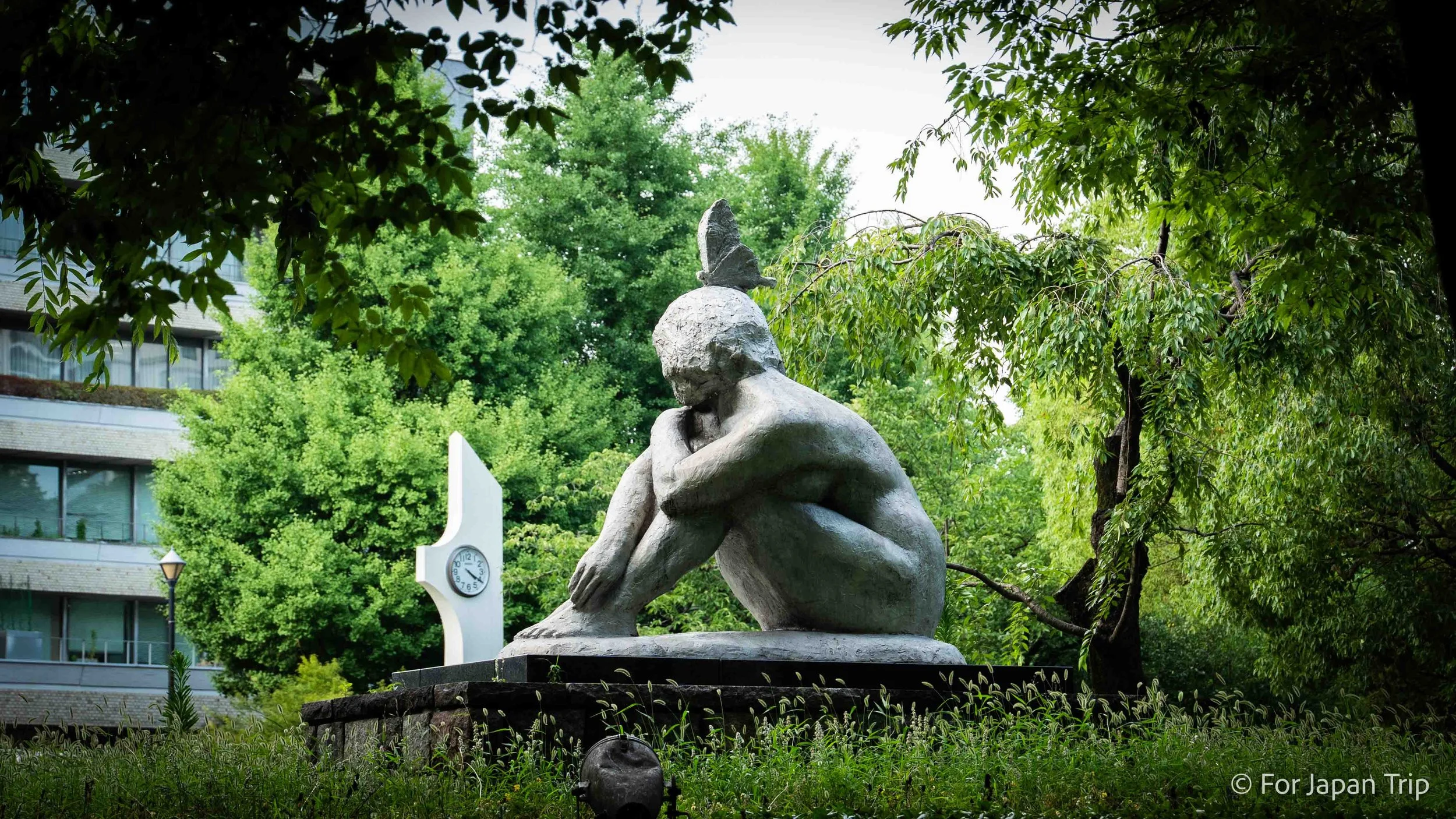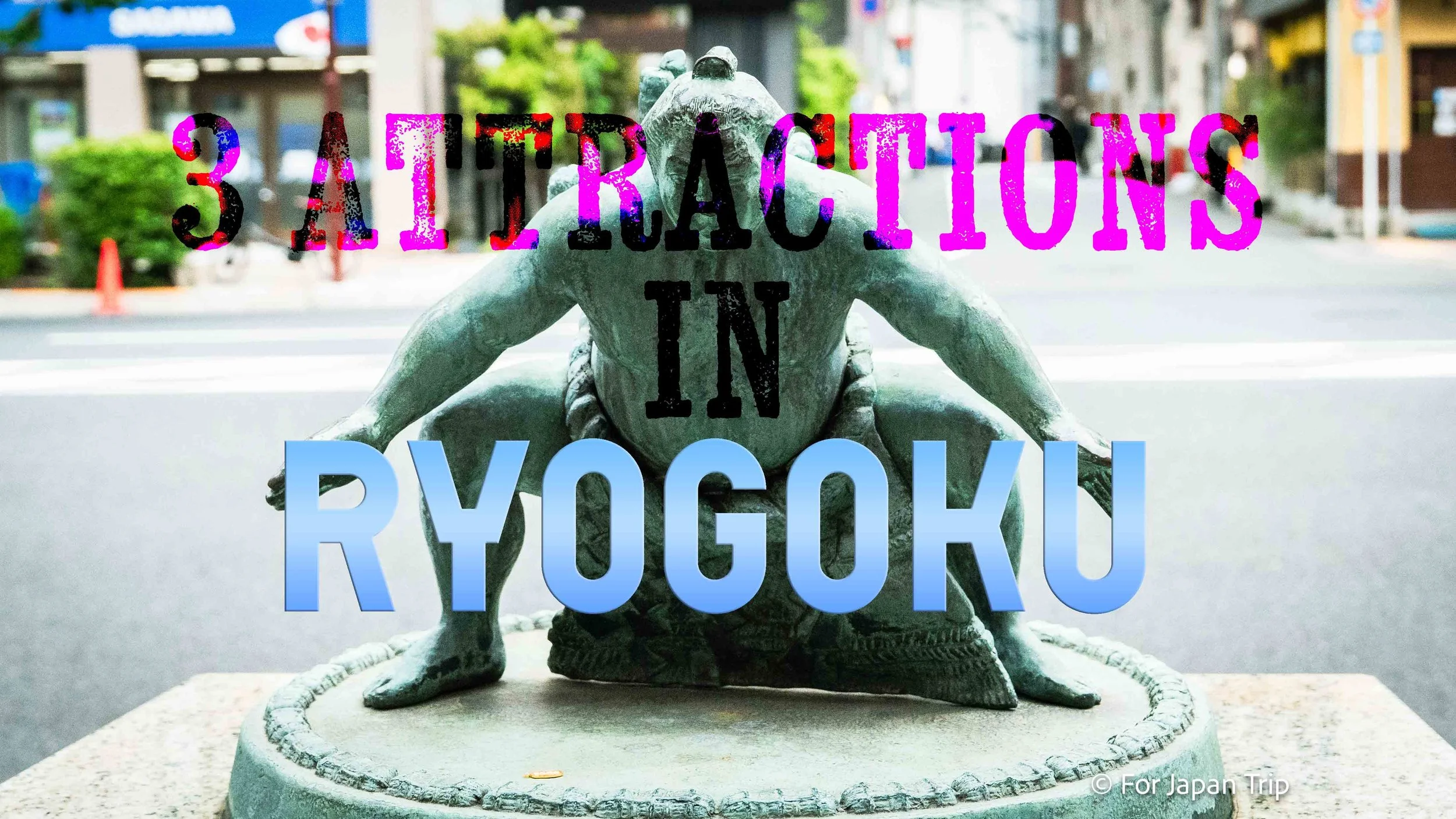3 Attractions in Arakawa Area
※updated on July 19 2025
The Toden Arakawa Line is a streetcar (tram) that runs through Tokyo. Locally, it’s affectionately known as the "Sakura Tram". Currently, it is the only remaining streetcar line in Tokyo, connecting Minowabashi Station to Waseda Station. The entire line spans approximately 12.2 kilometers and includes 30 stations. It serves as a convenient mode of transportation not only for local commuters and students, but also for sightseeing tourists.
Part of the charm lies in the sections of the line where the tram runs directly on the street, allowing passengers to enjoy a laid-back, nostalgic atmosphere that feels like stepping back in time. Along the line, many cherry blossom trees have been planted, making spring a magical season when you can ride through tunnels of blooming sakura—a truly dreamlike experience.
The starting point of the line, Minowabashi Station, is located in an area that still retains a traditional, retro feel. Right next to the station is the Joyful Minowa Shopping Street, a charming, old-fashioned shopping arcade. Here, you’ll find traditional Japanese sweets shops, vegetable vendors, and delicatessens lined up in a lively atmosphere. Store owners display their goods outside and call out to customers, creating a friendly and welcoming vibe. Locals often know the shopkeepers personally, exchanging casual conversations while shopping—an everyday scene that reflects the warmth of traditional Japanese life.
In recent years, this area has also been used as a filming location for movies and TV dramas, gaining increasing attention as a hidden gem in Tokyo. It offers a rare opportunity to experience a side of the city that’s completely different from modern Tokyo—a nostalgic, heartwarming neighborhood with a unique charm.
1) Joyful Minowa Shopping Street: A Retro Tokyo Experience Off the Beaten Path
Located in Tokyo’s traditional Minowa area in Arakawa city, Joyful Minowa Shopping Street is a retro-style arcade that still preserves the charming atmosphere of Japan’s Showa era (1926–1989). Stretching about 400 meters with around 90 individually owned shops, this nostalgic shopping street has recently gained popularity among international visitors looking to experience the authentic everyday life of Tokyo.
The shopping street is conveniently located right in front of Minowabashi Station, the first stop of Tokyo’s only remaining streetcar line, the Toden Arakawa Line (also known as the Sakura Tram), which runs from Minowabashi to Waseda. As soon as you step off the tram, you’re greeted by a covered arcade filled with old-fashioned music, cheerful shopkeepers calling out, and a vibe that feels like a journey back in time.
The street is lined with traditional shops such as Japanese confectionery stores, side dish vendors, vegetable stands, tea shops. Unlike modern chain stores, most of these are small, family-run businesses. The atmosphere is warm and friendly—visitors are often welcomed with open arms and casual conversation, making it easy to connect with locals.
For example, one popular croquette shop offers freshly fried croquettes and menchi-katsu (fried ground meat patties) for around 100 yen each. Crispy on the outside and fluffy inside, these snacks have long been loved by the local community. You can also grab a handmade rice ball or relax in a retro-style kissaten (Japanese café) for a more leisurely experience.
Throughout the year, the street also hosts seasonal events, such as summer festivals with food stalls or year-end lotteries and giveaways. It serves as a kind of "living room" for the neighborhood, where people of all ages—from children to seniors—gather and connect across generations.
What makes Joyful Minowa truly special is not just the shopping, but the human connection it fosters. While it may not be as flashy as Tokyo’s major tourist spots, it offers a genuine glimpse into Japanese daily life. If you’re looking to discover real local culture, this is the place.
In contrast to Tokyo’s fast-paced urban centers, Joyful Minowa Shopping Street invites you to slow down and enjoy the warmth, community spirit, and nostalgic charm of a bygone era. Why not hop on the Toden Arakawa Line and take a little time-traveling tram ride to one of Tokyo’s hidden gems?
2) Arakawa Park: A Tranquil Oasis with Hidden Sculptures in Tokyo
Arakawa Park is a peaceful urban park that offers a quiet escape from the city’s hustle and bustle. Just steps away from "Arakawa City Hall-mae" Station on the Sakura Tram (Toden Arakawa Line), the park sits directly across from the ward office, giving it a distinctly local and public feel.
Though not especially large in size, the park is surrounded by lush greenery and is cherished by locals as a relaxing space where people sit on benches, chat, and enjoy the natural beauty of each season. It's a hidden gem for those seeking a more local and slower-paced Tokyo experience.
One of the park’s most unique features is its collection of modern outdoor sculptures and monuments, scattered throughout the grounds. These artworks offer thoughtful and sometimes mysterious impressions, inviting visitors to interpret them freely.
・Futari (means two people in Japanese)
One sculpture depicts two human forms walking side by side. Their flat surfaces and abstract style create a somewhat eerie, surreal impression. Yet, the open-ended design seems to encourage each viewer to find their own meaning, leaving space for personal reflection.
・SEKIKA
This piece appears to represent flower petals formed from stone. There's a quiet sense of emergence and transformation, making it a uniquely symbolic and meditative work.
・Seinen-no-Syozo (A Youthful Figure with Two Sides)
In another sculpture, a young man is portrayed with an expression that suggests a message about the duality of human nature. It seems to say that while people show strength outwardly, they also carry inner vulnerability. Accepting both sides of ourselves is essential for living fully.
・Dol Hareubang
One of the most eye-catching sculptures resembles a Moai statue from Easter Island. This is a Dol Hareubang, a traditional stone figure from Jeju, South Korea, gifted in 2006 to commemorate the friendship between Arakawa Ward and Jeju City. Often seen as guardians of peace and protectors against misfortune, these stone "grandfathers" have gentle, distinctive faces that bring a touch of international connection to the park.
・Dream
In front of the park’s main fountain, you'll find a strikingly large sculpture titled “Dream”. Towering over the surrounding pieces, this work seems to gently watch over the people of Arakawa. Its impressive scale and uplifting presence make it a focal point of the park.
3) Arakawa Nature Park
Arakawa Nature Park, located in Tokyo's Arakawa Ward, is a peaceful green space where visitors can connect with nature right in the middle of the city. Just a short walk from Arakawa-Nichome Station on the Toden Arakawa Line (Sakura Tram), the park offers a surprising sense of openness and tranquility. It’s a beloved retreat for local residents—and a hidden gem for travelers looking to escape the city's hustle and bustle.
As its name suggests, the park is designed around the theme of "nature." Spanning roughly 7 hectares, the grounds feature a variety of natural zones, including woodlands, open grassy lawns, a pond, a wild bird observation hut, and seasonal flower gardens. It’s an ideal place for visitors of all ages to experience nature firsthand.
One of the most popular attractions is the biotope pond and surrounding wetland observation area, where you can spot creatures like medaka. These zones also serve as informal learning spaces for children and nature lovers. The pond is affectionately known as "Swan Pond" thanks to the two resident swans who glide gracefully across the water. Watching these gentle, inseparable swans often brings a sense of peace and happiness to visitors. Best of all, admission is free, so be sure to bring your camera and capture a photo of these elegant birds.
It’s a wonderful place for a relaxing walk or picnic, and offers a calmer, more local experience of Tokyo—far removed from the busy tourist areas.
If you're looking for a moment of peace and quiet in Tokyo, Arakawa Nature Park is a perfect destination. Hop on the charming Sakura Tram, and let yourself be carried to this soothing escape where you can truly feel the breath of nature and the warmth of the local community.
This area is gradually gaining popularity as a place where you can experience the nostalgic charm of old Tokyo. It has also been featured as a filming location for Japanese TV dramas and movies, helping to boost its recognition.
Now is the perfect time to visit—before it becomes a well-known tourist spot. Step off the beaten path and discover the retro atmosphere, friendly local culture, and slow-paced charm that make this neighborhood a hidden gem in Tokyo.
Recommended Area


